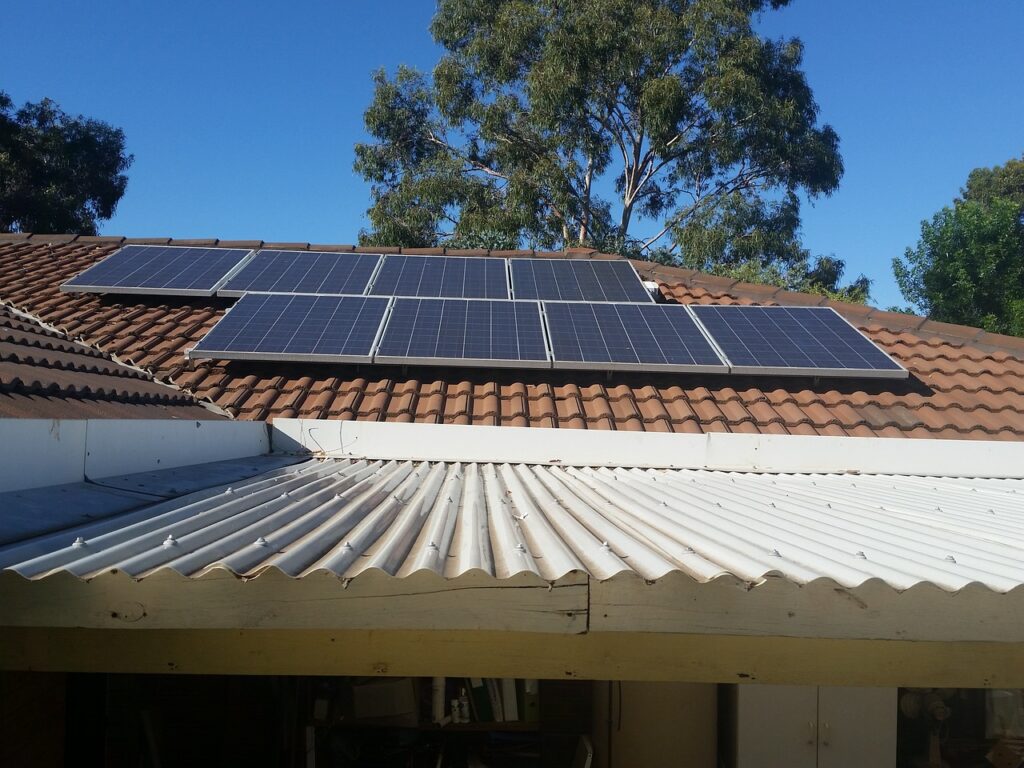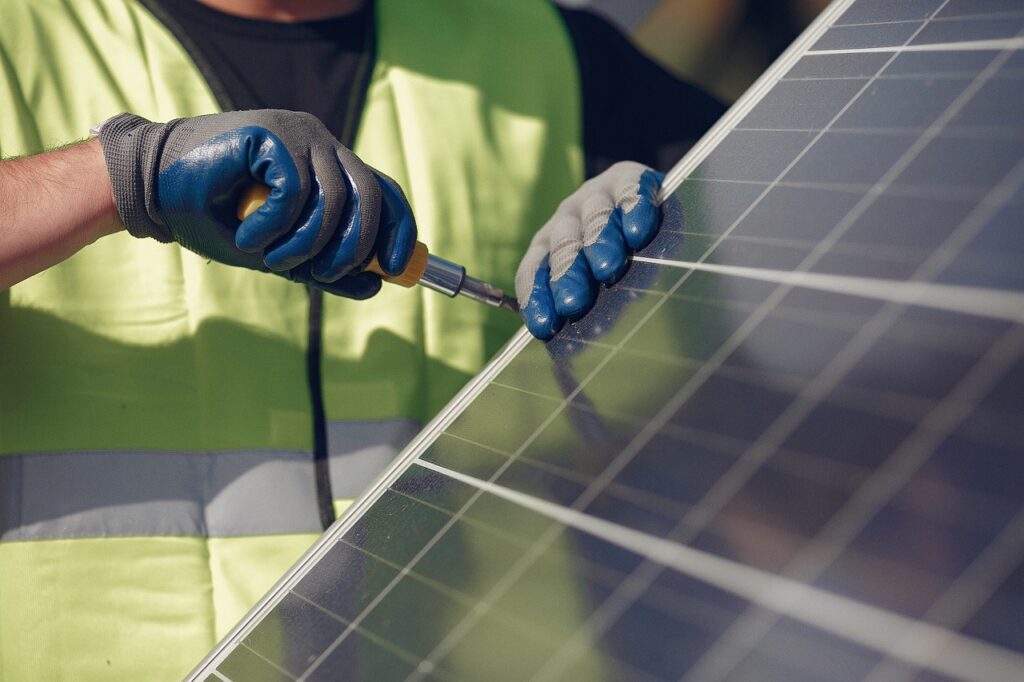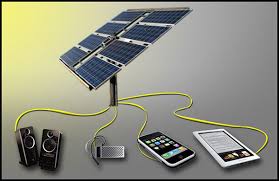Share on Social Network!
In the pursuit of a sustainable future, harnessing the power of the sun has become a paramount endeavor. Solar energy, as a renewable and green source of power, holds immense promise in reducing our carbon footprint and securing a cleaner energy future. One of the most versatile aspects of solar energy is the range of solar systems available for its generation. Let’s delve into the diverse types of solar energy generation systems that contribute to the global shift towards cleaner and greener energy solutions.
1. Grid-Tied Solar System: The grid-tied solar system is a popular choice for homeowners and businesses alike. In this setup, solar panels are connected to the local utility grid. The electricity generated by the solar panels powers the building, and any surplus energy can be sent back to the grid for credits or compensation. This system seamlessly integrates solar power into the existing energy infrastructure, making it a convenient and efficient option.
2. Off-Grid Solar System: For areas with limited or no access to the utility grid, off-grid solar systems provide an independent power solution. Solar panels generate electricity during the day, which is stored in batteries for use during the night or when the sun isn’t shining. Off-grid systems are commonly used in remote locations, offering energy self-sufficiency and reducing reliance on non-renewable energy sources.
3. Hybrid Solar System: Combining the benefits of grid-tied and off-grid systems, hybrid solar systems offer versatility and reliability. These systems allow users to store excess energy in batteries while also maintaining a connection to the grid. This ensures a continuous power supply even during grid outages, providing a balance between self-sufficiency and grid support.
4. Floating Solar Systems: As urban space becomes scarcer, floating solar systems provide an innovative solution. These systems involve installing solar panels on water bodies like lakes or reservoirs. Floating panels save land space, and the cooling effect of water can enhance the panels’ efficiency. This approach contributes to both energy generation and water conservation.
5. Concentrated Solar Power (CSP) System: CSP systems use mirrors or lenses to focus sunlight onto a small area, generating intense heat. This heat is then utilized to produce steam and drive turbines, generating electricity. CSP systems are particularly effective in regions with high solar radiation, and they have the advantage of providing power even after sunset through thermal storage.
6. Building-Integrated Photovoltaics (BIPV): Incorporating aesthetics and functionality, BIPV systems integrate solar panels directly into building materials such as roofs, walls, and windows. This approach transforms architectural elements into energy generators, effectively blending solar power generation with sustainable design.
7. Thin-Film Solar Systems: Thin-film solar panels use a thin semiconductor material applied to various surfaces. They are lightweight and flexible, offering creative installation options. While they might have slightly lower efficiency compared to traditional panels, their adaptability makes them suitable for unconventional spaces.
8. Community Solar: Community solar projects enable multiple participants to share the benefits of a single solar energy system. Individuals who can’t install solar panels on their property can subscribe to a community project, contributing to renewable energy generation while reducing their environmental impact.
9. Curtailment Solar System: Curtailment solar systems are designed to intentionally reduce energy output during peak times to prevent grid overload. This approach is particularly useful in regions where grid capacity is limited, allowing a more controlled integration of solar power.
10. Mobile Solar Systems: Portable solar systems cater to mobility needs. From camping trips to remote areas, these systems can power various devices and equipment, offering a sustainable energy source even in off-grid scenarios.
As we witness a global shift towards sustainable practices, the various types of solar energy generation systems provide a spectrum of solutions to suit different environments and energy demands. Embracing solar power isn’t just a technological advancement; it’s a transformative step towards a greener, more sustainable world.
Incorporating solar energy generation systems empowers us to tap into the immense potential of renewable resources, reduce our reliance on fossil fuels, and pave the way for a future where clean energy reigns supreme. As we explore these solar system types, we contribute to a brighter and more sustainable tomorrow.
Share on Social Network!



